On the morning of October 31, the Central Propaganda and Mass Mobilization Commission (Local Department 3) coordinated with Ho Chi Minh City University of Education to organize a seminar "University education - Building comprehensive autonomy and developing high-quality human resources in the spirit of Resolution 71-NQ/TW".
Attending the discussion were Mr. Huynh Thanh Dat - Deputy Head of the Central Propaganda and Mass Mobilization Commission and many delegates, scientists , and representatives of leaders of higher education institutions.
The event aims to concretize the spirit of Resolution 71-NQ/TW of the Politburo on education and training development, creating a forum for dialogue between management agencies, scientists and universities in promoting autonomy, accountability and mobilizing social resources for higher education.
Developing the teaching staff in the new period
Prof. Dr. Huynh Van Son - Rector of Ho Chi Minh City University of Education emphasized that the period of 2026 - 2035 is the period of accelerating educational modernization, implementing the Education Development Strategy to 2030, vision 2045 and the Planning of the network of higher education and pedagogical institutions to 2050.
In which, the teaching staff is the decisive factor in the quality of general education, requiring synchronous solutions in pedagogical training and staff development.
According to Professor Son, the current system of teacher training facilities is quite diverse, and the quality of input into the pedagogical industry has improved significantly.
The rate of teachers meeting the standards according to the 2019 Education Law is 92% at primary level and 95% at secondary level (2024 - 2025 period).
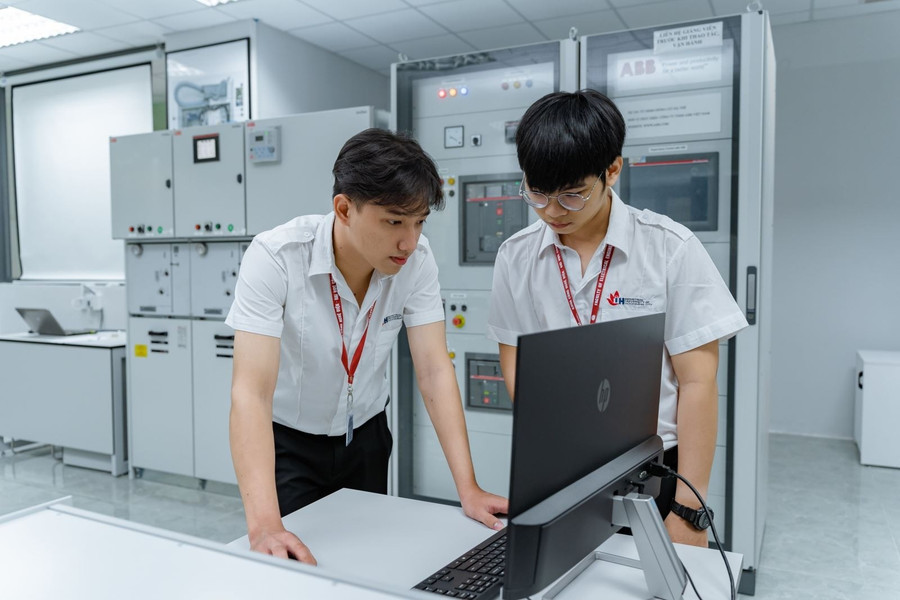
However, there are still limitations such as a lack of teachers in some new subjects, uneven digital capacity and adaptability, inadequate salary and allowance policies, and inadequate staff management decentralization mechanisms.
From that reality, Professor Huynh Van Son proposed four key orientations for the 2026 - 2035 period, including standardization, modernization, personalization and integration.
Mr. Son said that it is necessary to innovate the teacher training program towards practicality and international integration, linking training with the requirements of the 2018 General Education Program.
“We must standardize output standards according to capacity, promote technology application, pedagogical simulation, blended learning, and internationalize training to create a foundation for forming a team of teachers with digital capacity, professional qualities, and integration ability,” said Professor Son.
One content he particularly emphasized was developing the capacity of the teaching staff towards personalization and digital transformation.
Accordingly, it is necessary to build electronic capacity profiles for each teacher, deploy flexible training modules, enhance digital capacity - creative capacity and form a lifelong learning ecosystem in general schools.
At the same time, he recommended perfecting the policy mechanism, shifting from administrative mechanism to ordering, accountability and autonomy; at the same time improving salaries, allowances, working conditions, establishing a fund to develop the teaching staff, and encouraging socialized investment in pedagogical education.
"If we invest heavily in policy, cooperation and digital transformation, we will certainly be able to train a team of high-quality teachers - that is the foundation, motivation and means to build a team of friendly, comprehensive and integrated teachers," Mr. Son affirmed.
Resource mobilization - the key to investment in education
According to Associate Professor Dr. Dam Sao Mai - Vice Principal of Ho Chi Minh City University of Industry, the national vision to 2045 sets out the aspiration to bring Vietnam into the group of 20 leading countries in the world in education.
The "heart" of that vision is higher education - the cradle of highly qualified human resources, the foundation for science, technology and innovation.
However, to achieve that aspiration, Vietnamese higher education is facing a big problem of lack of investment resources.
Ms. Mai cited World Bank data showing that Vietnam currently spends only about 0.33% of GDP on higher education - lower than the regional average of 1%.
The State budget is currently allocated according to a "spread out" mechanism, based on quantity rather than training efficiency, while tuition fees are tightly controlled and are not enough to cover training costs according to international standards.
"Resolution 71-NQ/TW is considered an important turning point. University autonomy does not mean the State withdraws investment, but rather invests according to output results, based on products, research projects, patents or training programs that have been tested domestically and internationally," said Ms. Mai.
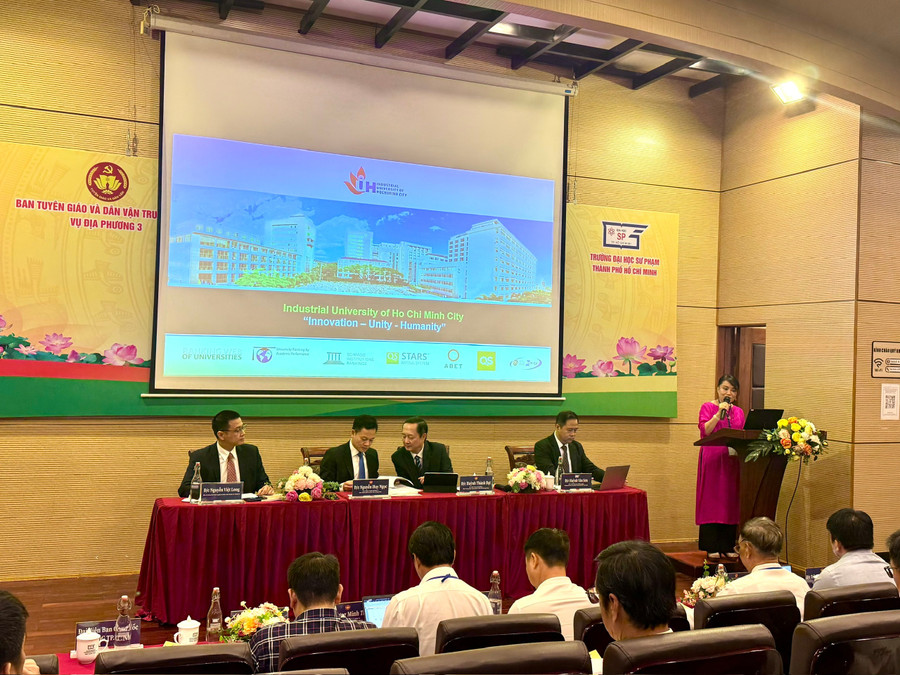
At Ho Chi Minh City University of Industry, this thinking is realized through focusing on training quality and efficiency.
The school currently has 6 programs that meet ABET international accreditation standards; more than 700 international articles, of which 42% are in groups Q1 and Q2; over 90% of students have jobs immediately after graduation.
Businesses also strongly support each other through corporate-sponsored labs - such as the LED Room of Ha Tien Cement (USD 3.9 million), the Robotics Room supported by ABB Vietnam, or the HVAC Solution Center sponsored by Panasonic.
This is a “dual benefit” model, where businesses have a product research and development (R&D) environment right in the school, and the school has access to modern technology.
Associate Professor, Dr. Dam Sao Mai said that to create a breakthrough in resource mobilization, the State needs to complete the legal framework for education trust funds, apply innovative tax incentives like the model of the National University of Singapore, and at the same time implement the ordering and assignment mechanism.
Universities need to professionalize partnership development, have absolute financial transparency, and publish annual independent audit reports to strengthen trust with society.
“All resources can only flow to where there is trust. When investors know clearly how their contributions are used and how effectively they are used, they will be willing to accompany education,” Ms. Mai emphasized.
The seminar recorded 17 presentations from 14 educational institutions across the country, revolving around topics such as comprehensive autonomy, public-private partnership, faculty development, “triple-party” linkage, and internationalization strategy for Vietnamese universities.
The presentations at the seminar were highly practical, highlighting many models, solutions and recommendations to realize the spirit of Resolution 71-NQ/TW in the university education system.
Source: https://giaoducthoidai.vn/giao-duc-dai-hoc-kien-tao-tu-chu-toan-dien-phat-trien-nhan-luc-chat-luong-cao-post754769.html



![[Photo] Da Nang: Water gradually recedes, local authorities take advantage of the cleanup](https://vphoto.vietnam.vn/thumb/1200x675/vietnam/resource/IMAGE/2025/10/31/1761897188943_ndo_tr_2-jpg.webp)

![[Photo] Prime Minister Pham Minh Chinh attends the 5th National Press Awards Ceremony on preventing and combating corruption, waste and negativity](https://vphoto.vietnam.vn/thumb/1200x675/vietnam/resource/IMAGE/2025/10/31/1761881588160_dsc-8359-jpg.webp)





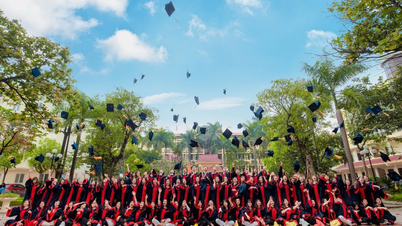
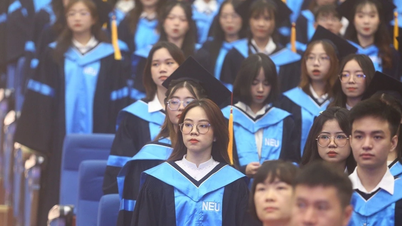
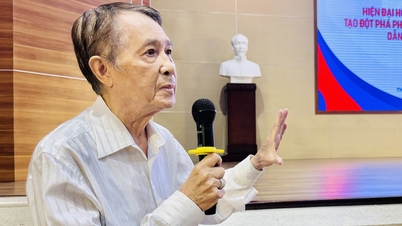

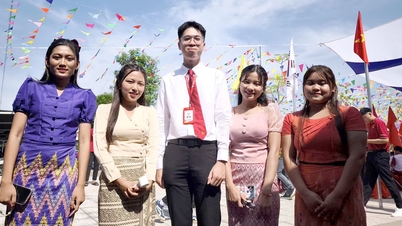


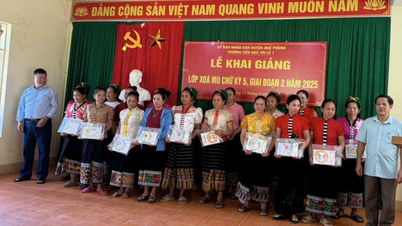
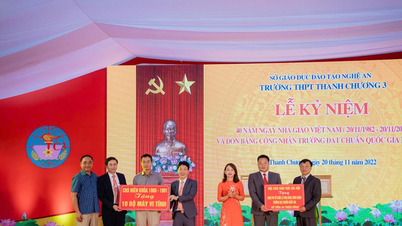
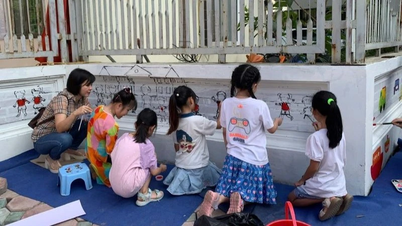



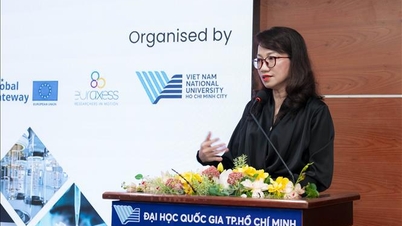







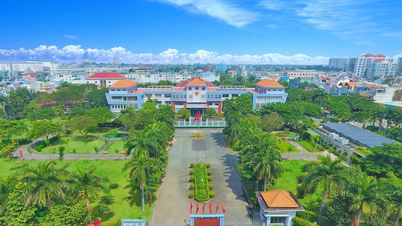
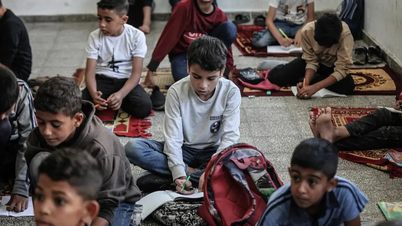
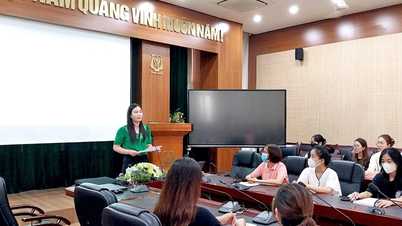


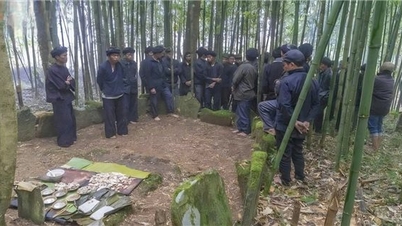












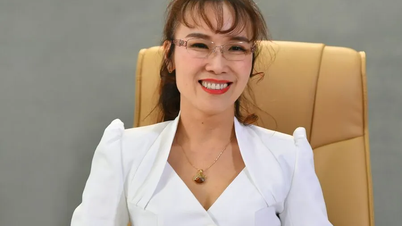

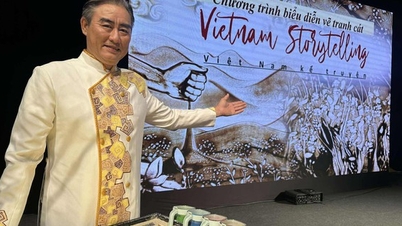


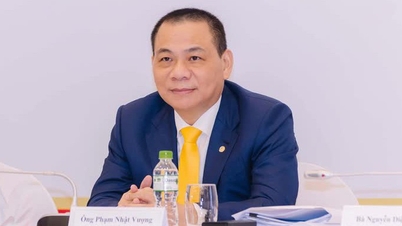
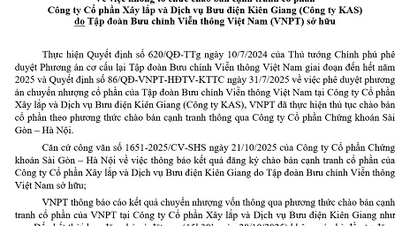


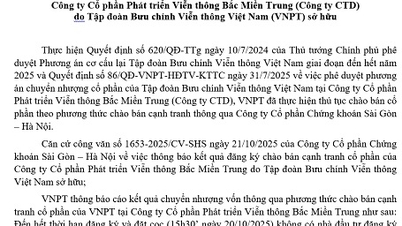
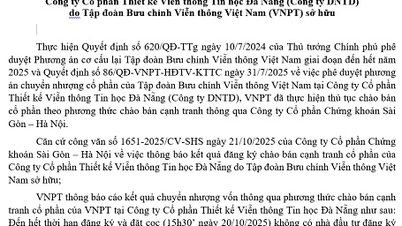






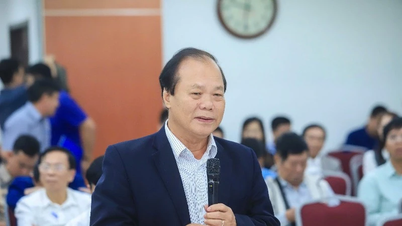
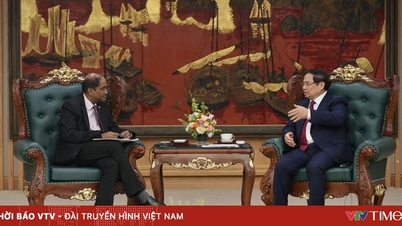

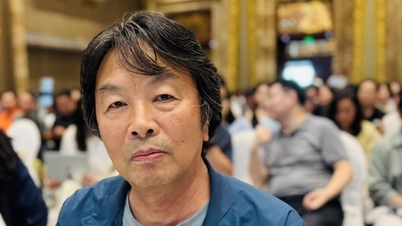
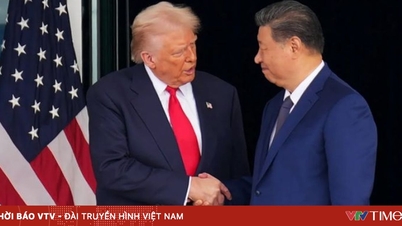
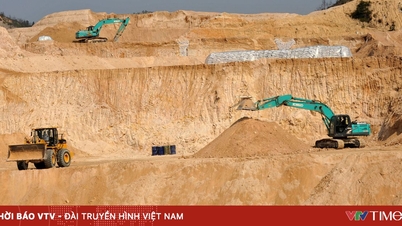
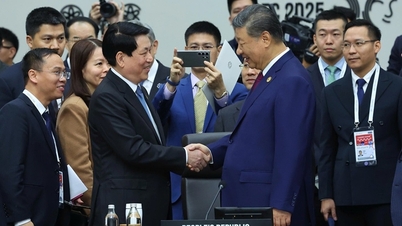


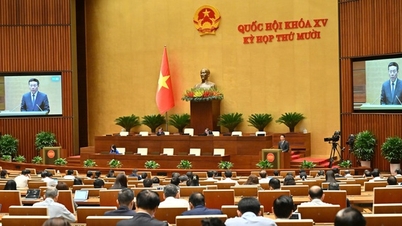

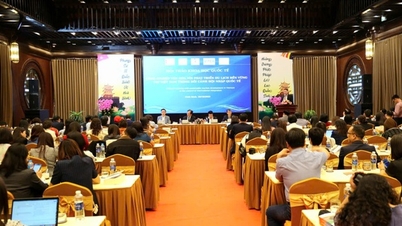
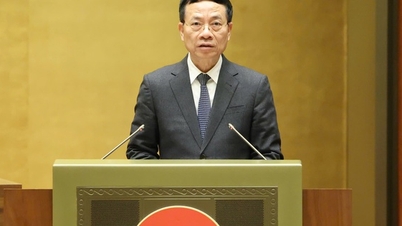
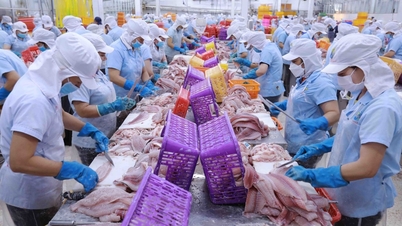
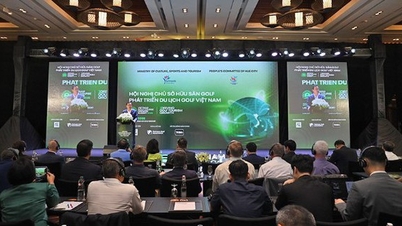
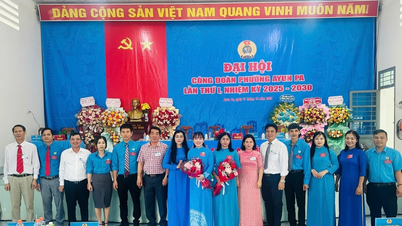

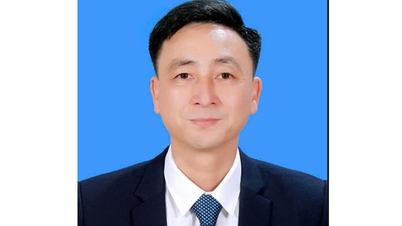







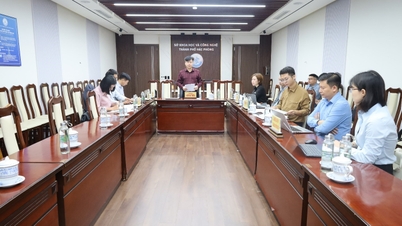















Comment (0)